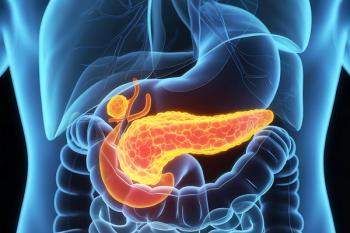
- The Column-09-08-2020
- Volume 16
- Issue 9
Multi-Chiral Centre Pharmaceutical Profiling
Researchers have developed a new method of profiling compounds with multiple chiral centres using a LC–mLC approach.
Researchers from Genentech Inc., have developed a new method of profiling compounds with multiple chiral centres using a two dimensional multicolumn liquid chromatographic (LC–mLC) approach (1).
A vast increase in drug candidates with multiple chiral centers is posing a significant challenge to analysts with the traditional chiral high performance liquid chromatography (HPLC) methods requiring a gruelling development process and still not guaranteeing a sufficient resolution for all stereoisomers. However, the precise and accurate analysis of all stereoisomers is essential as despite having the same chemical composition and connectivity, chiral stereoisomers can present vastly different pharmacological properties such as increased toxicity, differing pharmacokinetics, or even a different metabolic process. It is therefore essential that all stereoisomers of a drug compound are analysed and controlled to ensure the safety of those taking the medicines. To address this issue, researchers developed a LC–mLC 2D-LC approach which used multiple chiral stationary phases and mobile phases in the second dimension to resolve stereoisomers of compounds with multiple chiral centers and the related achiral impurities. The first dimension consists of a short achiral HPLC method to separate diastereomers and other achiral impurities, and the second dimension enables different chiral columns and different mobile phases to be used on each coeluted peak from the first dimension for maximum resolution. Essentially breaking down the complex multiple-chiral-center separations into simple individual separations.
The method was successfully employed to separate eight stereoisomers of a pharmaceutical compound with three chiral centers with a total method development time of around two hours and an analysis time of 24 min, which include column equilibration time.
References
- Lin et al., J. Chroma. A. 1620, 460987 (2020).
Articles in this issue
over 5 years ago
Unlocking the Potential of Pharmaceutical Impuritiesover 5 years ago
Trends and Developments in LC–MSover 5 years ago
Shimadzu Open Sixth Year of Lab4you Programmeover 5 years ago
Vol 16 No 9 The Column September 2020 Europe & Asia PDFover 5 years ago
Analytica Goes Totally Digitalover 5 years ago
Vol 16 No 9 The Column September 2020 North American PDFNewsletter
Join the global community of analytical scientists who trust LCGC for insights on the latest techniques, trends, and expert solutions in chromatography.





